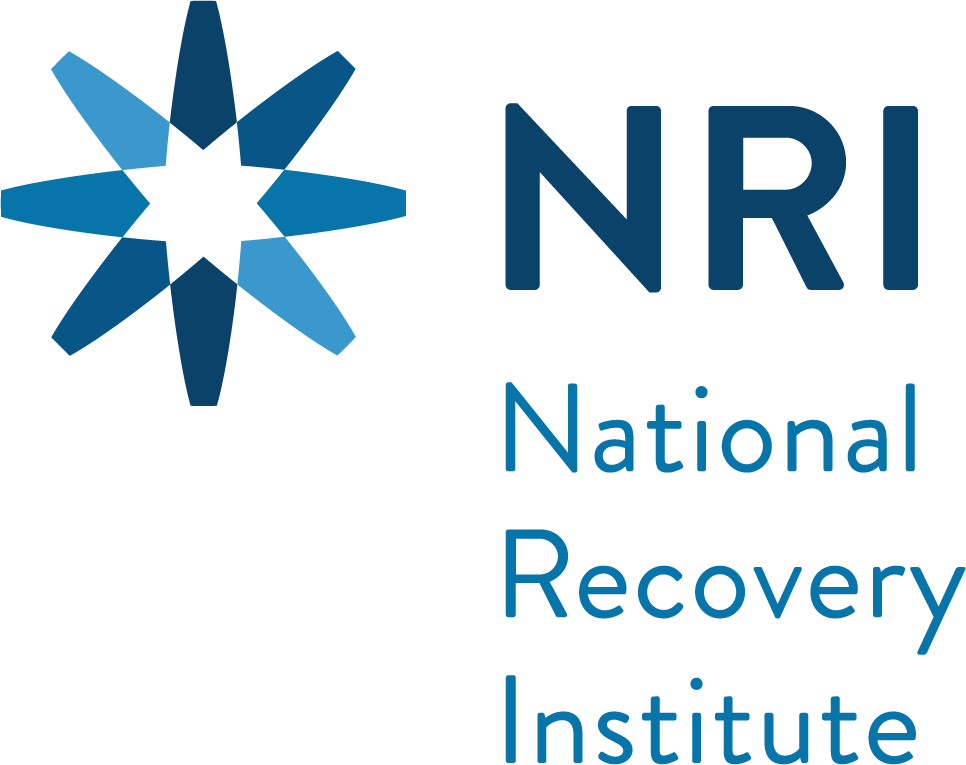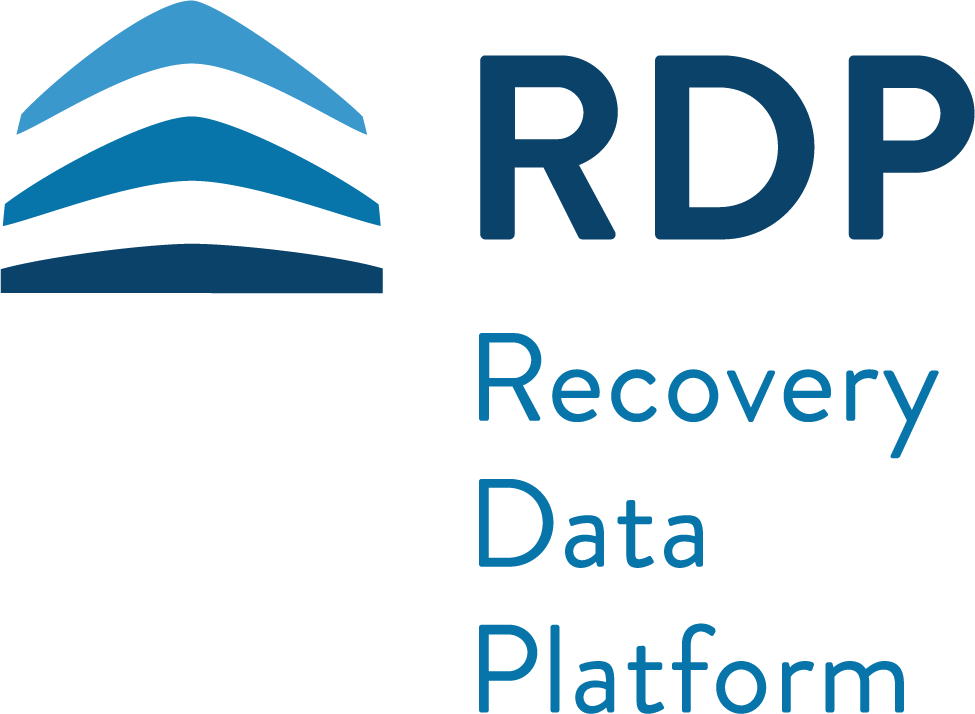Board President David Mineta and Chief Operating Officer Philip Rutherford have released the following statement:
Communities across our country face the devastation posed by overdose deaths, now the leading cause of people ages 18-45. As a result, the exponential loss caused by preventable, fatal overdoses has led to an influx of innovative approaches that promote the general health and wellbeing of people that use drugs, including those with addiction.
This crisis continues to overwhelm families and communities through the loss of loved ones and the economic impact that fatal overdoses pose. At a minimum, fatal overdoses cost the United States $1 trillion annually. Alternatively, adequate addiction treatment dramatically reduces law enforcement and healthcare costs, including Medicaid spending, by 700%.
Faces & Voices of Recovery promotes the utilization of services that offer fentanyl test strips, access to HIV and viral hepatitis treatment, sterile syringes, and safe smoking supplies, which reduce the rate of overdose and spread of infectious diseases – minimizing the harmful effects of drug use. Additionally, these strategies promote linkages to care and facilitate services for the health and wellbeing of its participants through motivational interviewing, counseling, and peer support specialists.
Despite continued discussion around the ‘opioid epidemic,’ fatal overdoses are not confined to heroin or opioids, nor are they limited to intravenous drug use. For example, a recent report from the Commission on Combating Synthetic Opioid Trafficking, states that 70 percent of overdose deaths involve heroin or cocaine, and nearly 50 percent involve psychostimulants such as methamphetamines.
We must consider safer consumption for non-intravenous substance use when preventing overdose. Ultimately, dividing the available resources for safer drug consumption perpetuates stigma about different drugs. Historically, we’ve seen the challenges that arise from this mentality through the ‘crack epidemic,’ which led to the inherently flawed and racist practices of mandatory minimum sentencing, the three-strike policy, and ultimately mass incarceration.
These perspectives perpetuate the continued trauma of many Black communities that were and are ignored, untreated, and incarcerated rather than having access to treatment and recovery supportive opportunities. Not only does this further disadvantage communities of color, but it also disadvantages rural communities that may experience higher levels of methamphetamine use and continues the cycle of disproportionate systems and inequitable resources to access addiction recovery.
We encourage all communities to amplify the faces and voices of recovery to ensure that all who seek recovery have equitable access to recovery supports of their choice. Especially policies that eliminate systems, structures, and constructs that marginalize people by race and ethnicity.



